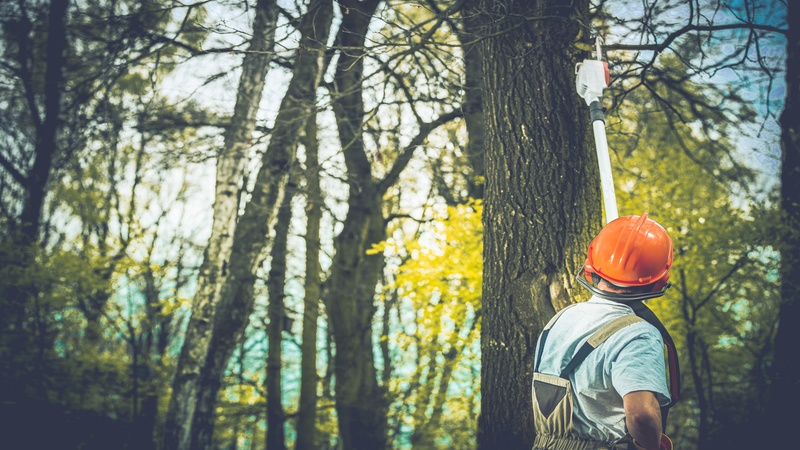Calamondin trees are a cross between mandarin and tangerine trees. The tree originated from China and was introduced to the US in the 1900s. It primarily serves an ornamental purpose in most households.
Because of its size, the calamondin tree is a great bonsai tree. It is cultivated all over the world but is more popular in southern Asian countries such as India, Malaysia, and the Philippines as a fruit.
Growth and Size
Calamondin trees can reach up to 20 feet high. The trees bear small spines and orange-scented blossoms that mature into tangerine-like fruit. Calamondin fruits do not contain any seeds and are very acidic.
The calamondin orange tree is one of the hardiest varieties in the citrus family which explains how it thrives in different climates of various continents. In the West and other places with cold winters, the fruit can be juiced or preserved as marmalade. In Southeast Asia, the unripe fruit is used as a seasoning for various dishes such as pork siomai and stir-fried noodles.
How to Grow Calamondin Trees
Calamondin trees can be grown from seedlings or cuttings. They are best planted in the spring or summer. A common technique is propagating calamondin trees by grafting cuttings onto sour orange rootstock.
Calamondin can grow both indoors and outdoors, but ideally, they are better suited outdoors under shade or direct sunlight. The tree thrives in cool, elevated areas with sandy soil. Soil around the plant should be allowed to dry to a depth of 1 inch before watering. The tree can be forced to bloom by withholding water to the point of wilting before watering. With care, trees can live and bear fruit for up to 40 years.
Calamondin Fruit
Calamondin fruits are thin-skinned and therefore may not keep long after they are picked. It is best to consume the fruit after picking or put them in the refrigerator to extend the shelf life.








